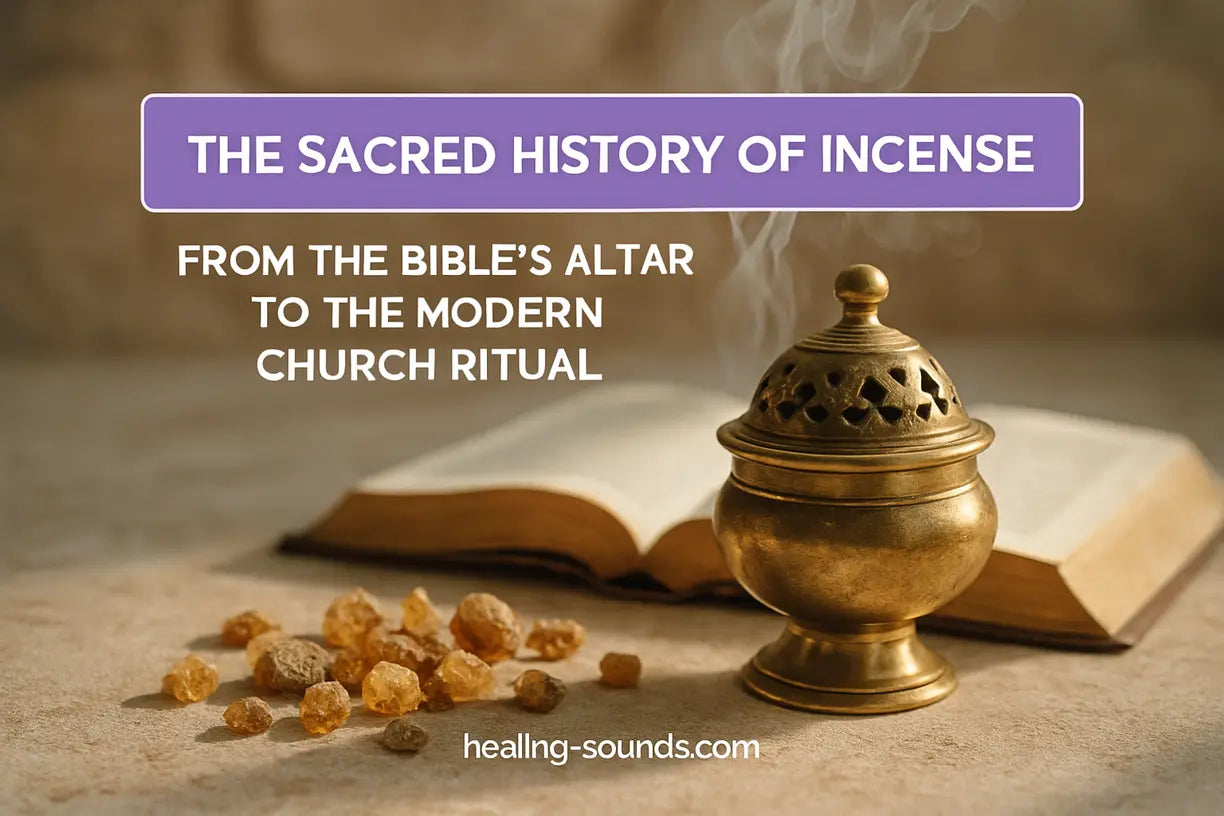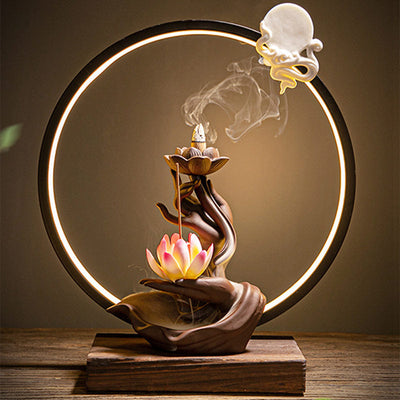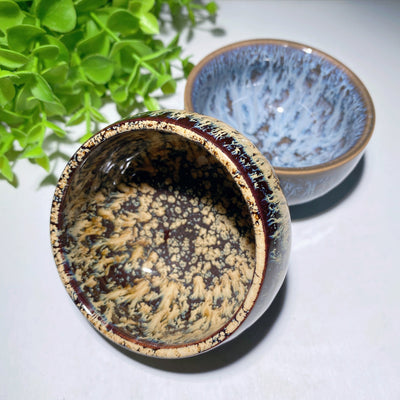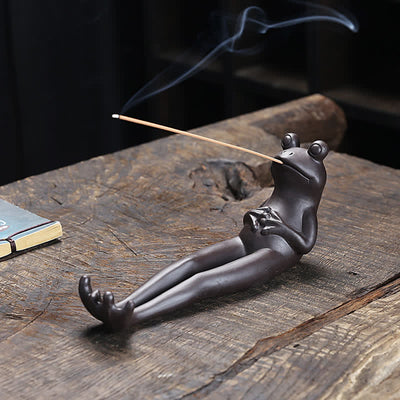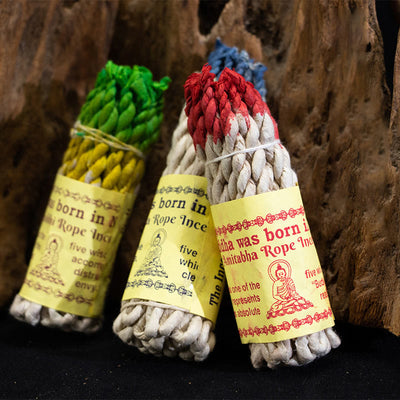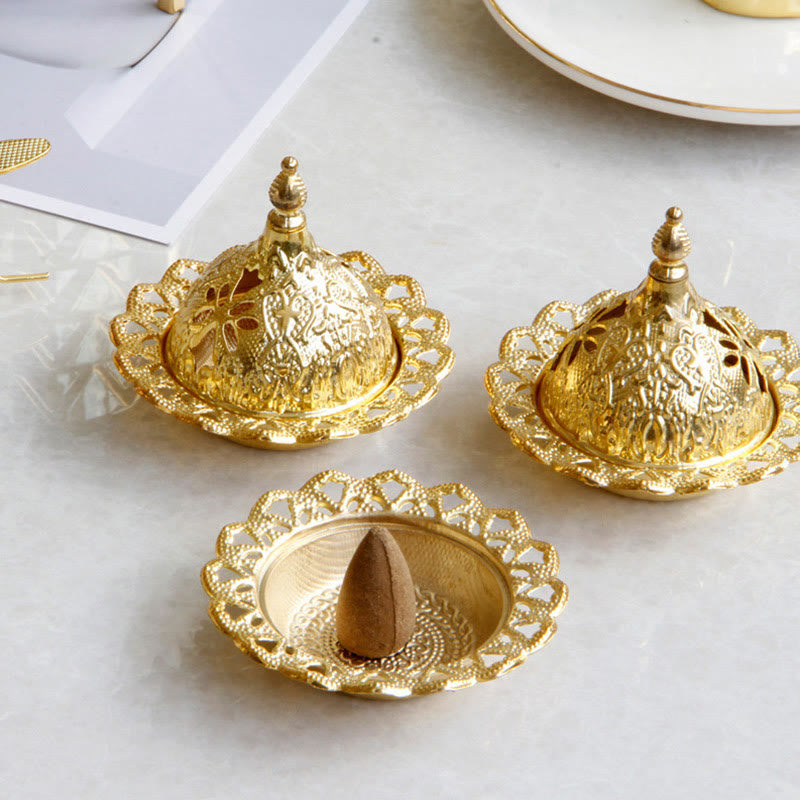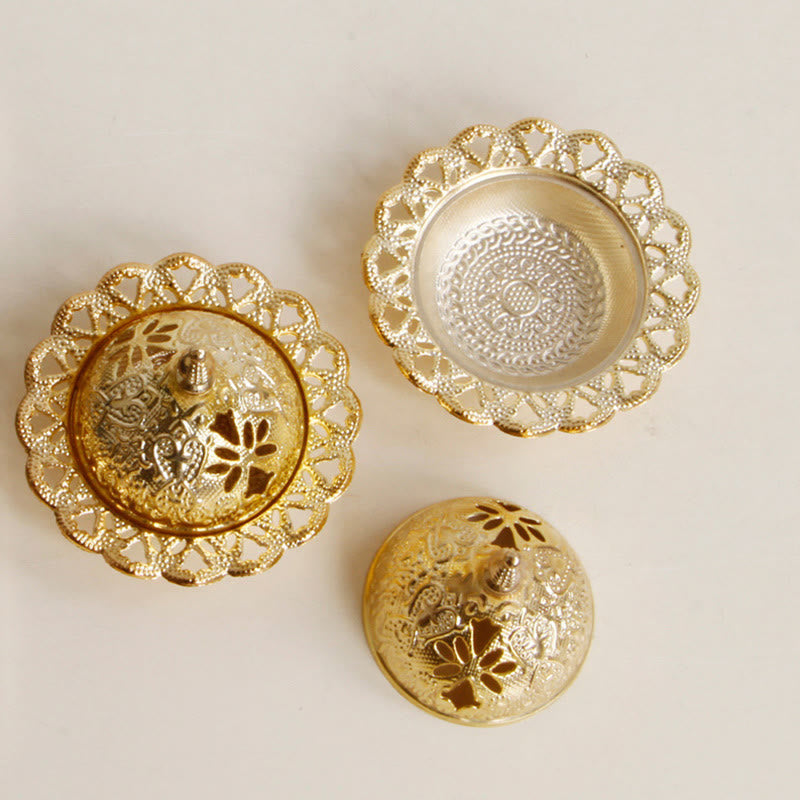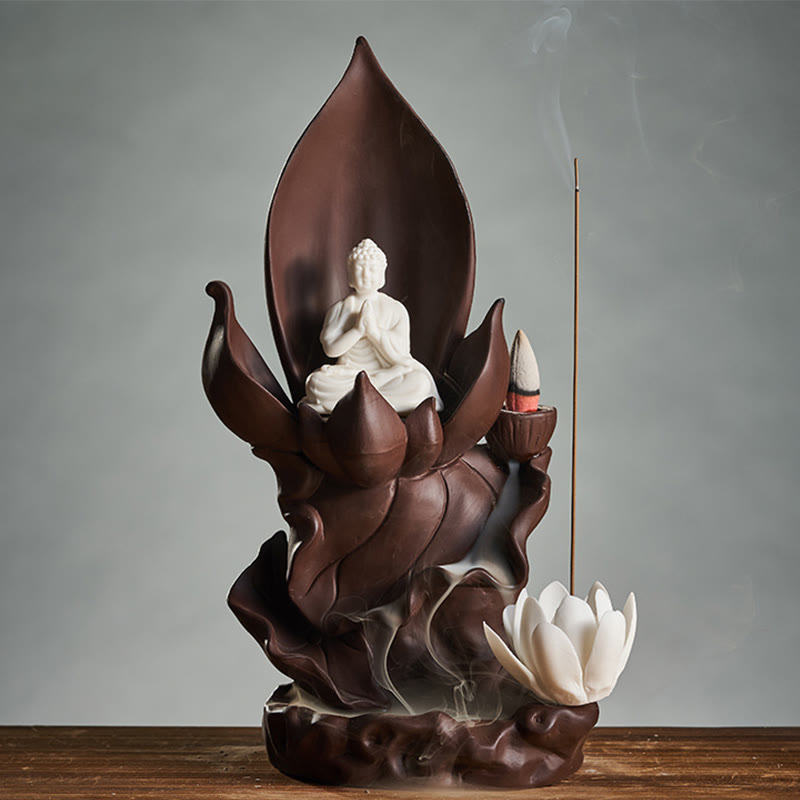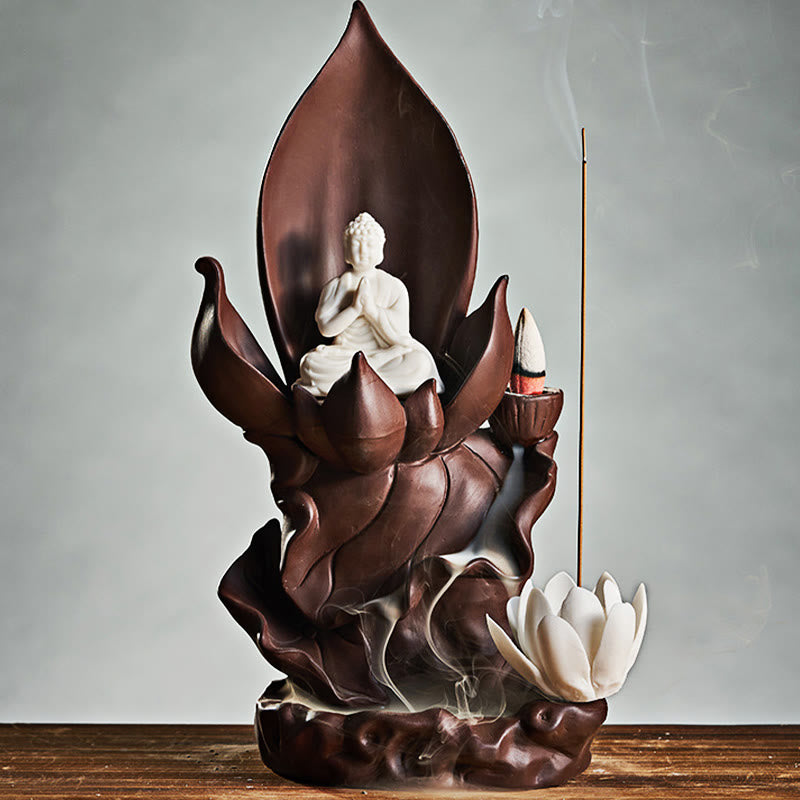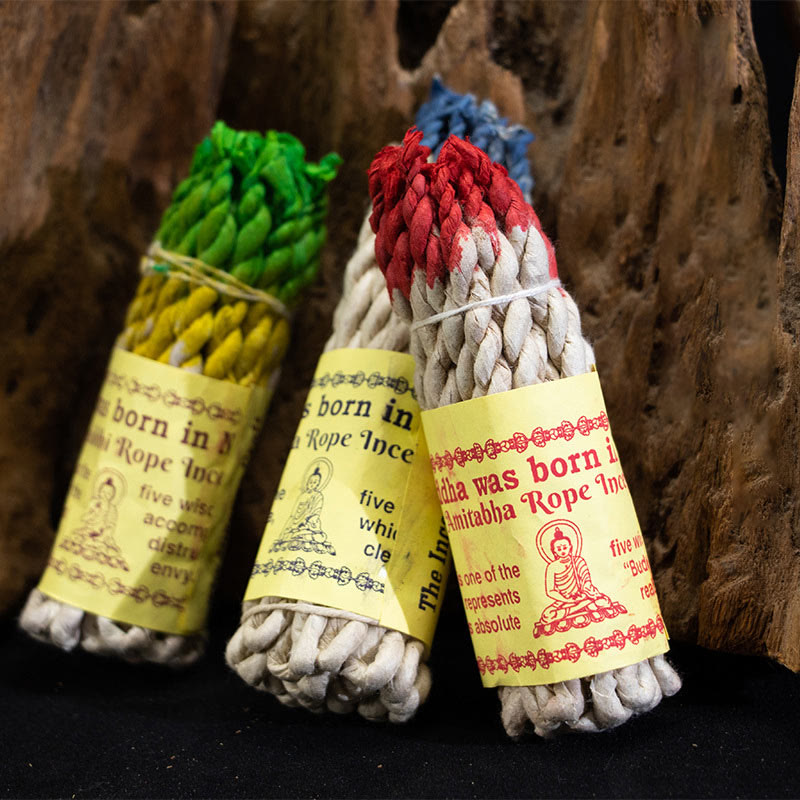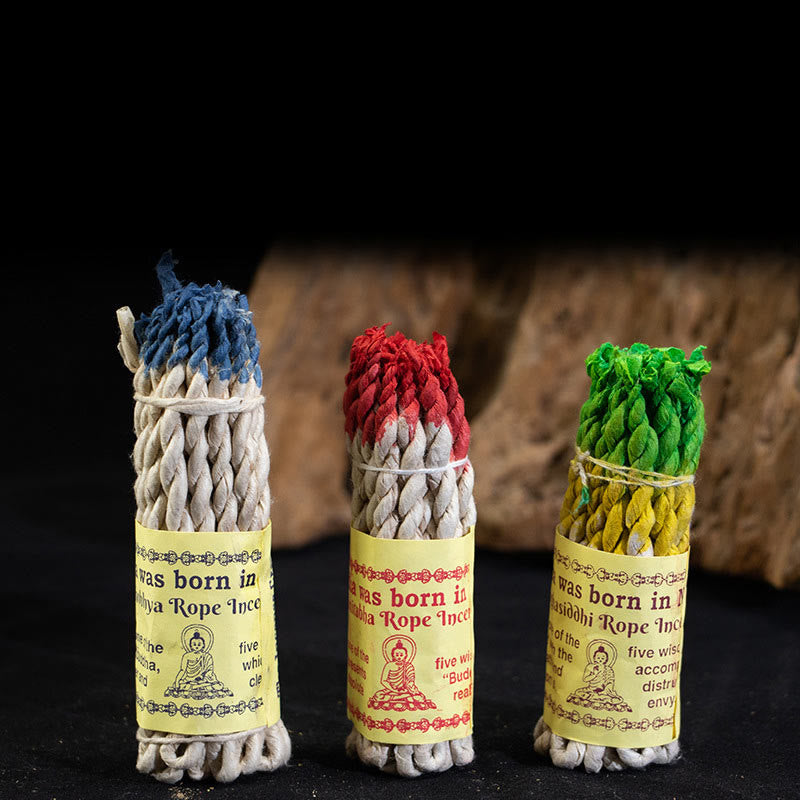From the solemn halls of ancient cathedrals to the quiet corners of personal prayer spaces, the fragrant smoke of incense has long been a symbol of reverence and connection to the divine. For thousands of years, its aroma has been intertwined with worship, creating an atmosphere of sanctity that transcends the ordinary. At the heart of this ancient practice lies the altar of incense, a sacred object with a rich history rooted in biblical tradition and carried through the ages into modern church rituals. This article will explore the profound history and spiritual significance of the incense altar, from its divine origins to its enduring place in sacred worship.
Understanding the journey of the altar of incense is to understand how prayer, purification, and the presence of God have been symbolized throughout history. We will delve into its construction as described in the Bible, uncover the meaning behind its sacred smoke, and see how this powerful tradition continues to elevate worship in churches today.
The Altar of Incense in the Bible: A Divine Command
The story of the incense altar begins in the Book of Exodus, where God gives Moses detailed instructions for building the Tabernacle, a portable sanctuary for the Israelites in the wilderness. Among the sacred furnishings was the altar of incense, also known as the Golden Altar. Unlike the larger bronze altar used for animal sacrifices, this smaller altar was overlaid with pure gold and placed in the Holy Place, directly before the veil separating it from the Most Holy Place where the Ark of the Covenant resided.
According to Exodus 30, its purpose was specific and sacred: Aaron, the high priest, was commanded to burn fragrant incense on it every morning and evening. This perpetual offering was a constant act of worship, a sweet-smelling aroma that was to rise before the Lord continually. It was not a place for burnt offerings or grain offerings; its sole function was for the sacred burning of incense, symbolizing a direct and uninterrupted channel of communication with God.

The Sacred Recipe: What Incense Was Used?
The incense burned on the biblical altar was not just any pleasant-smelling substance. God provided a specific, holy recipe in Exodus 30:34-38, consisting of four key ingredients: Stacte, Onycha, Galbanum, and pure Frankincense. This blend was considered holy and exclusively for liturgical use; making or using it for personal perfume was strictly forbidden, emphasizing its sacredness and singular purpose.
Each component was chosen for its aromatic properties and potential symbolism. Frankincense and myrrh, for instance, are well-known resins from the ancient world, often associated with purification, divinity, and healing. The specific composition, as detailed in scripture, created a unique fragrance dedicated solely to the worship of God. This carefully prescribed formula highlights the importance of intention and reverence in sacred rituals, a principle that continues in the use of incense for church services. You can learn more about the history of these sacred resins from authoritative sources like the Biblical Archaeology Society.
Symbolism and Spiritual Meaning: More Than Just Smoke
The rising smoke of the incense was far more than just a physical phenomenon; it was laden with profound spiritual meaning. The primary symbolism associated with the incense altar is the representation of the prayers of God's people ascending to the heavens. This imagery is beautifully captured throughout the scriptures, most notably in Psalm 141:2, which states, "Let my prayer be set before you as incense."
This connection between incense and prayer is powerfully reiterated in the New Testament. In Revelation 8:3-4, an angel stands at the altar in heaven with a golden censer, and "the smoke of the incense, together with the prayers of God’s people, went up before God from the angel’s hand." This reinforces the idea that the incense altar serves as a physical representation of intercession and communion with the divine. The sweet-smelling smoke symbolized the purity and acceptability of the people's worship, purifying the sacred space and making it a fitting dwelling for the divine presence.

From Tabernacle to Temple: The Evolution of Incense in Church History
As the worship practices of Israel evolved from the portable Tabernacle to the permanent Temple in Jerusalem, the altar of incense retained its central role. It continued to be the focal point for daily prayer and a symbol of the nation's relationship with God. With the dawn of Christianity, many elements of Temple worship were reinterpreted in light of Christ's life and sacrifice. While the physical altar was no longer a requirement, the powerful symbolism of incense endured.
The early Church gradually incorporated the use of incense into its own liturgical practices, especially within the Eastern Orthodox and Roman Catholic traditions. The smoke continued to symbolize the prayers of the faithful rising to God, but also took on new layers of meaning, such as purification of the altar and congregation, and honoring the sacredness of the Gospel book and the Eucharist. This transition ensured that the ancient, sacred tradition of the incense altar found new life and continued relevance within Christian worship.
Incense in Christian Worship Today
Today, the use of incense remains a vibrant and meaningful part of worship in many Christian denominations, particularly in the Catholic Church. Catholic incense is commonly used during high-solemnity Masses, funerals, Eucharistic adoration, and processions. A priest or deacon will use a censer, or thurible, to burn the incense, allowing the fragrant smoke to fill the sanctuary.
The act of censing the altar, the clergy, and the congregation is an act of blessing and purification. It creates a tangible sense of sacredness, engaging the sense of smell to elevate the mind and spirit towards God. The rising smoke serves as a visible reminder that the prayers of everyone present are ascending to heaven. This powerful ritual connects modern worshippers to an ancient tradition that stretches all the way back to the altar of incense in the wilderness, continuing a timeless dialogue of prayer and reverence.

Key Moments Incense is Used in Church:
- At the start of Mass: To purify the altar and the sanctuary.
- During the Gospel reading: To honor the sacred words of Christ.
- At the Offertory: Censing the gifts of bread and wine, the altar, and the congregation.
- During the Consecration: To signify the sacred mystery of the Eucharist.
- Funerals and Benedictions: As a sign of honor for the deceased or the Blessed Sacrament.
While large-scale church ceremonies carry a profound communal power, the essence of this sacred tradition can also be brought into personal spaces for prayer and reflection. Creating a small, personal altar or a dedicated corner for meditation with a simple incense burner can help foster a similar atmosphere of sanctity and focus in your own home.
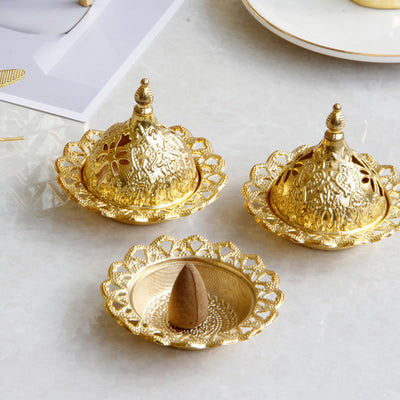
Gold Mini Tibetan Incense Burner for Meditation and Serenity
$24.90
Bring sacred ambiance to your altar of incense rituals with this elegant mini Tibetan incense burner crafted for spiritual focus.
Explore ProductTools for Your Sacred Space
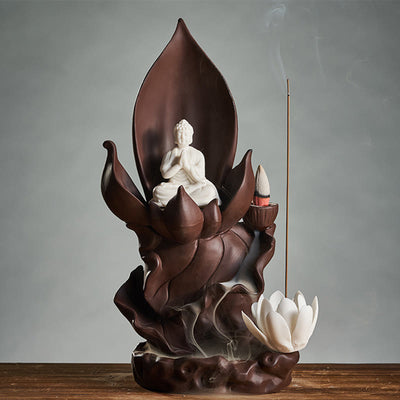
Lotus Buddha Purple Clay Incense Burner Spiritual Decor
$149.90
$209.90
Honor the sacred tradition of incense in church or home with this authentic Buddha lotus clay incense altar centerpiece. Learn more ➔
Experience traditional incense altar fragrance with these Nepal rope incenses—ideal for ritual, prayer, or biblical meditations. Learn more ➔
Conclusion: A Timeless Symbol of Prayer
From its divine origins in the Tabernacle to its continued use in the modern Church, the altar of incense stands as a powerful and enduring symbol of humanity's connection to God. Its fragrant smoke has carried the prayers of the faithful for millennia, representing purification, honor, and the very presence of the sacred. Whether experienced in the grandeur of a cathedral or the quiet of a personal sanctuary, the ritual of incense continues to lift our hearts and minds, reminding us that our prayers rise to heaven in a sweet and constant offering.
Frequently Asked Questions about the Altar of Incense
The altar of incense, or Golden Altar, was a sacred piece of furniture in the Tabernacle and Temple, as described in the Book of Exodus. It was made of acacia wood overlaid with gold and was placed in the Holy Place before the veil to the Most Holy Place. Its sole purpose was for the burning of a special, holy incense every morning and evening as a perpetual offering to God.
Incense was important because it symbolized the prayers of the people ascending to God. Its fragrant smoke also represented purification, reverence, and the very presence of God in the sacred space. In the Church, it continues these traditions, used to bless and sanctify the altar, congregation, and sacred objects, visually and aromatically enhancing the worship experience.
The Bible specifies a unique blend of four aromatic substances: stacte, onycha, galbanum, and pure frankincense. This recipe was considered sacred and was to be used exclusively for worship at the altar. Modern church incense is typically made from resins like frankincense and myrrh, often blended with other aromatic spices and oils.
In Catholic, Orthodox, and some Anglican and Lutheran churches, incense is burned in a censer (thurible) during services. It is used to sanctify and bless the altar, the book of the Gospels, the Eucharist, the clergy, and the congregation. It is especially common during solemn ceremonies like Easter, Christmas, funerals, and Eucharistic Adoration.
The primary spiritual meaning of the altar of incense is prayer and intercession. The rising smoke is a powerful visual symbol of prayers ascending to God, as mentioned in both Psalm 141 and the Book of Revelation. It also symbolizes purification of the worship space, reverence for God's holiness, and the sweet aroma of an acceptable offering.

